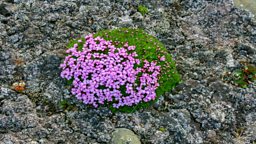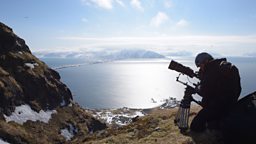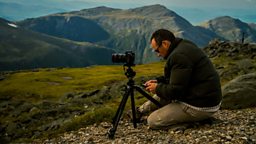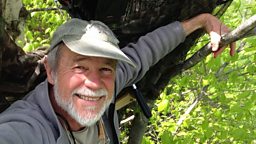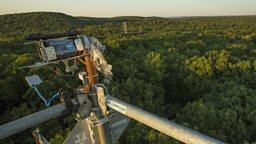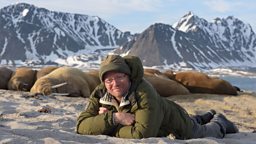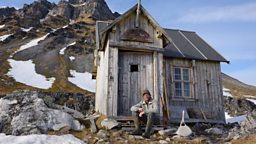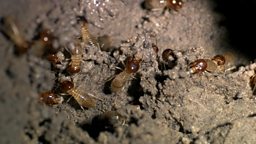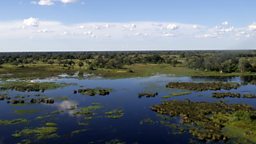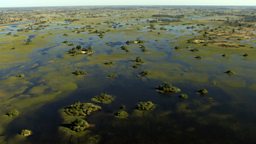Working in 24/7 daylight
by Richard Kirby, camera operator
In the Arctic it happens that fast. Blink and you鈥檝e missed it.Richard Kirby
In Svalbard, the sun comes up in March but everything is still frozen. By June plants are starting to make a move, some while they are still beneath the snow. By the end of August it’s snowing again and that’s it for another year. For plants, it’s a race against time!
The challenge was to time my shoot at exactly the right moment. Too early and we’d get some growth but no flowers. Late by just a week and we’d miss nearly all of the flowering. In the Arctic it happens that fast. Blink and you’ve missed it.
Of course in the short summer – unlike New England or the Okavango Delta - Svalbard is bathed in 24 hours a day sunlight. Good for the plants… but not necessarily good for me.
One of the most distinctive plants is the moss campion. It may take 40 – 50 years to grow a decent sized cushion and they can live up to 300 years! The only way to film them was to rig weatherproof time-lapse cameras over the top of the cushions. The pink flowers emerge first on the south side of the cushion and then spread over and around the dome with the last flowers blooming on the north side. But 24 hours of sunlight presented an unusual problem. The shadow of the camera tripod would sweep across the plant once every 24 hours. There was no way around this other than by placing other cameras on the ground so the shadow was out of shot. I ended up with 4 cameras covering different angles so we could cut between the different angles and shot sizes without the intrusive camera shadow.
With limited resources and a rapidly advancing summer there was no time to experiment and no second season to iron out the problems. Within two weeks after I started filming in Svalbard there wasn’t a pink dome remaining, anywhere on the tundra!

